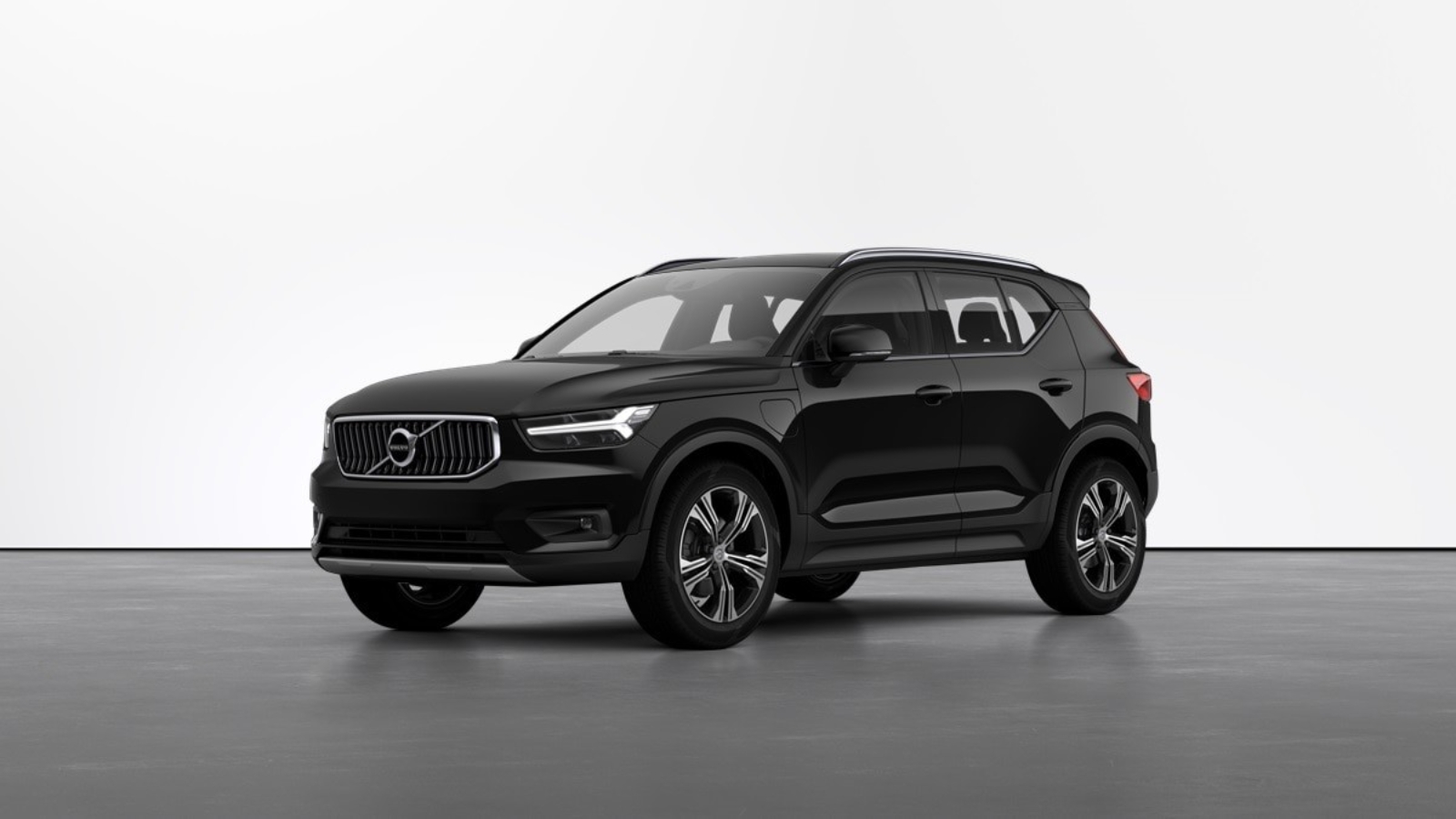According to industry sources, Swedish automotive powerhouse Volvo may be considering shifting production of two of its most popular models to its U.S. production facilities to mitigate the most severe effects of President Trump’s tariffs on its imported models. The move represents a significant strategic shift for the automaker as it grapples with escalating trade tensions and mounting financial pressures.
Strategic Production Shift to South Carolina
Two people familiar with the plan told AutoNews that the Swedes plan to build two of their popular crossovers, the midsize XC60 and the full-size XC90, at their factory outside of Charleston, in Ridgeville, South Carolina. The timeline for this ambitious undertaking appears well-defined, with production of the smaller XC60 would commence first in January 2027, with the larger XC90 to follow in October 2028.
The production volumes are substantial, as Volvo expects to build about 60,000 XC60s and 50,000 XC90s annually in the U.S., which would take advantage of the factory’s 150,000-vehicle capacity. Currently, the brand makes just two cars at the South Carolina factory: Volvo’s own EX90 electric full-size SUV and the Polestar 3 for its sister EV brand.
Market Dominance of Target Models
The decision to prioritize these specific models makes strategic sense. June 2025 Volvo Car USA sales numbers reveal that the two bestselling Volvo vehicles in the States are the cars that are alleged to be localized. In the first half of the year, Volvo sold 21,907 units of the mid-size XC60 and 19,748 units of the full-size XC90. In total, the two crossover SUVs made up a whopping 64% of the 64,680 cars it moved in the U.S. through June.
Financial Pressures Mount
The production shift comes amid significant financial challenges for the automaker. Volvo’s car division is taking an impairment charge (a Wall Street and accounting term used to describe the diminishing in quality, strength, amount, or value of an asset) of 11.4 billion Swedish kronor (~$1.2 billion) due to delays to some of its electric models and the escalating cost of tariffs.
Leadership’s Strategic Vision
Under the renewed leadership of CEO Håkan Samuelsson, who rejoined the company on April 1, Volvo has expressed clear intentions regarding American manufacturing. Samuelsson has hinted at significant plans for the South Carolina factory, stating in a May Bloomberg interview that the company wants to “bring in something rather fast, and something selling in good numbers,” adding that “something midsize core is a good guess”.
The CEO’s perspective on globalization reflects broader industry trends. During Volvo’s annual general meeting on April 3, Samuelsson told shareholders that globalization is being “dismantled,” adding that they need to “learn from the Chinese how to localize”.
Factory Utilization and Capacity
Volvo plans to increase utilization at its $1.4 billion assembly plant in Ridgeville, S.C., which produced 20,000 vehicles last year — about 13 percent of its capacity. This dramatic underutilization highlights the potential for significant expansion in American production.
Frequently Asked Questions
Q: When will Volvo start producing XC60 and XC90 SUVs in America?
A: XC60 production begins January 2027, followed by XC90 in October 2028.
Q: How many vehicles will Volvo build annually in South Carolina?
A: Approximately 60,000 XC60s and 50,000 XC90s per year, utilizing the factory’s 150,000-vehicle capacity.
Q: Why is Volvo moving production to the United States?
A: To avoid Trump administration tariffs on imported vehicles and reduce manufacturing costs.
Also Read:-Kia Teases New Budget EV Priced Below $30K, Under EV2 Lineup
